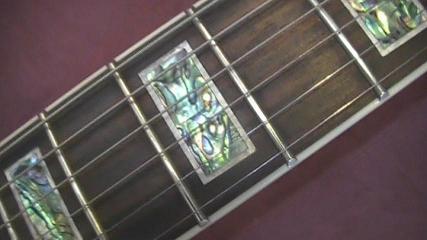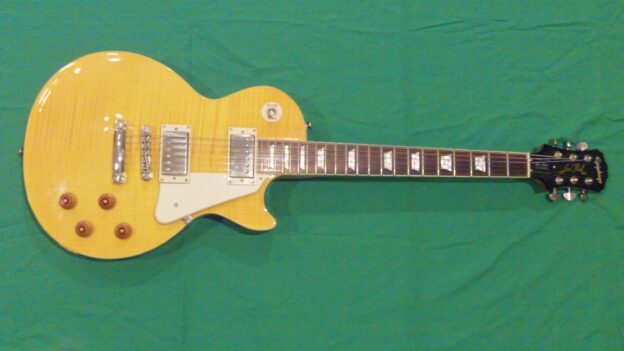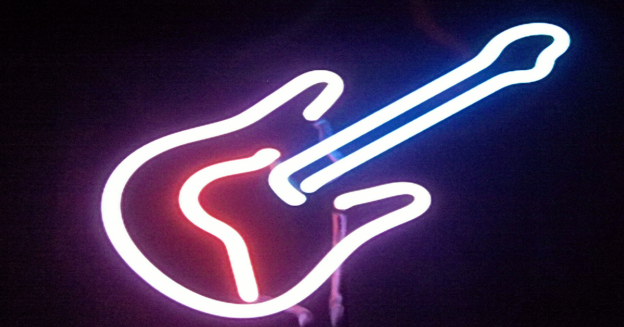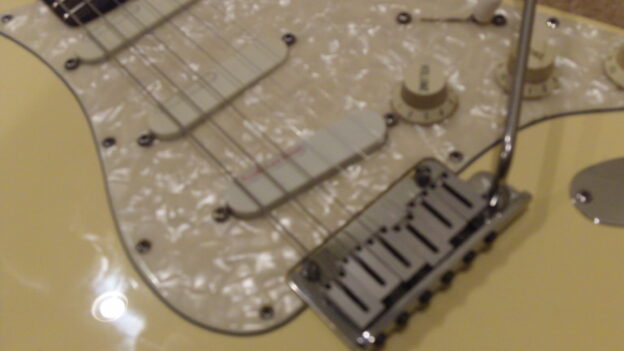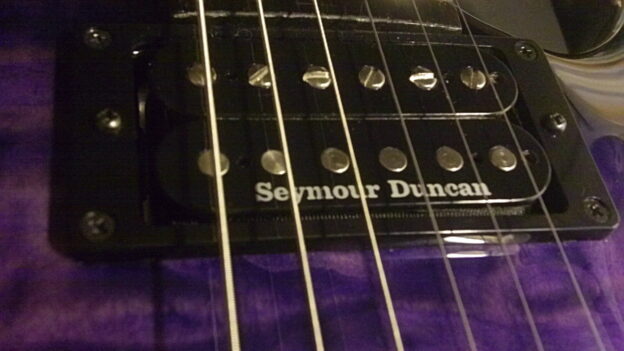Chad Crawford, PMI Guitar Instructor
The process of learning to play guitar involves some basic training exercises that are designed to increase knowledge and physical skills in numerous areas. Most of us are impatient to play at the level we envisioned when we started this process. The repetition of basic concepts and physical exercises can be tedious at times, especially when we do not feel we are seeing any measurable results.
This is quite normal. All musicians go through this, and the truth is that it never ends. Once we master some new skill or technique, there is always another one waiting in line to challenge us again. It is critical to learn to maintain your motivation to work through boredom and get on to playing like you want to play.
So let’s consider how boredom develops, and then how you can combat it. Your teacher gives you a new exercise. You begin to practice it. It is exciting at first because it is new and you know it is a direct step toward your goal of fluent playing. But then after a number of repetitions you have it memorized. Eventually you are just going through the motions mindlessly. It becomes less and less interesting and eventually turns into something that feels more like work than entertainment. You may even get to the point that you hate to even think of doing the exercise again and you feel reluctant to even pick up the guitar at all.
This is the critical point where you have to make a decision. You can give in to the beast of boredom and quit, or you can work to vanquish the beast and eventually reach a point where your playing is quite gratifying. It is important to realize this – becoming bored is a natural consequence of the human condition, but staying bored is a choice, and you have the power to choose otherwise.
What to do?
Substitution: The first thing you should do is to inform your teacher that you are struggling. It may be that the teacher can substitute some other song or exercise, or work with you on some other area that is more satisfying to you for the time being. However, you should consider input from the teacher before making the final decision on this. It may be that it is best for your long term goals to finish mastering the material you are currently struggling with. Your teacher should be able to offer some kind of explanation as to the value of the material you are working with and this may help you in maintaining your interest in working through it.
Alteration: If you have become bored with an exercise or some other aspect of your practice routine, trying altering it in some way. This is particularly important in improvisational soloing. It is very easy and very common to fall into the trap of playing the same note sequences with the same embellishments and the same timing. Straight eight notes is the bane of many aspiring soloists, and it is the easiest trap to fall into since timing choices (or lack thereof) are not as readily apparent as note choices. Try changing the timing of your collection of stock phrases, then work on changing timing mid-phrase, hold one note noticeably longer than the rest, etc. This is much more challenging than playing straight time (same time value for every note) and may seem impossibly difficult at first, but it will certainly shake up the feeling of boredom and will also make you a much better improvisational soloist.
Inspiration: Every aspiring guitarist has a reason (or combination of reasons) that inspires the effort to learn guitar. Often it is a parent or other significant figure who plays an instrument. In many cases it is admiration for some notable professional guitarist, or a particular song or type of music that the student wants to play. It is important to keep that motivational reason in the front of your mind while going through the learning process. Boredom is a feeling – a feeling of restless dissatisfaction. When you are confronted with boredom reflect on the satisfaction you will feel when you reach your goal. Combat the unproductive feeling of boredom by choosing to meet it with one that inspires you to keep working toward your goal.
Challenge: Another way to combat boredom is to find a new challenge in whatever you are doing. So you are working on some exercise and you have repeated it enough times that you know every note, every motion, etc., so that it begins to feel uninteresting. So what can you do to change it so that it is challenging again? Look for ways to improve the details of your performance. For instance, you have played through a chord change exercise for what feels like a thousand times and you feel like you are done with it. Is it possible you can improve the speed at which you execute the change from one chord to another? Probably. Are you inadvertently muting any strings while strumming the chords? Probably. Is it possible that a metronome will reveal that you are not keeping good time throughout the progression? Probably. Break out these details and set small goals within the overall exercise, and then challenge yourself to improve in these details. As you focus on these parts within the overall goal you will find satisfaction in challenge and accomplishment. You can not be bored when you are intently focused on solving a problem. In fact, you might just find that your main problem is that you do not have as much time for practice as you would prefer!
Substitution … alteration … inspiration … challenge … these four powerful weapons will help you cut the beast of boredom down to a manageable size. Keep these things in mind, and review this article if necessary when you find yourself feeling dreadful of your practice routine. Remember that perseverance is the key to success. It is your choice whether to excel or expire, but with the right tools in your toolbox the road to excellence will be a lot smoother. Choose well!
Copyright © 2005 Palmetto Music Institute. All Rights Reserved.


